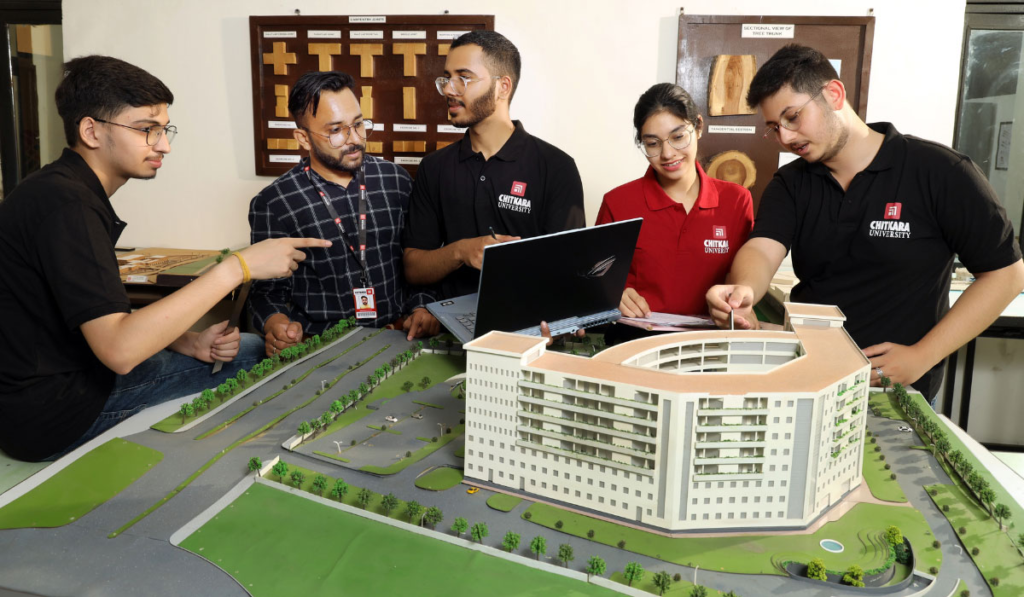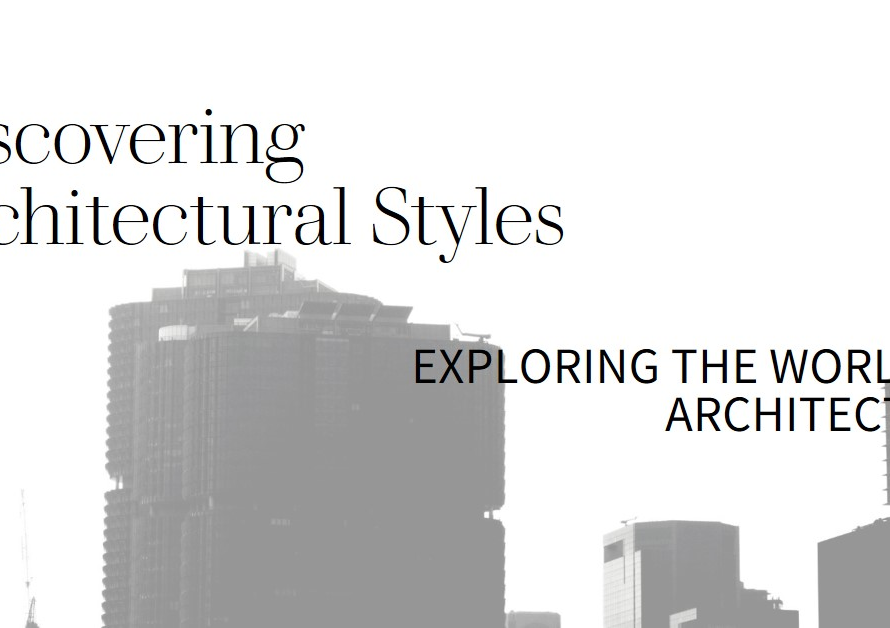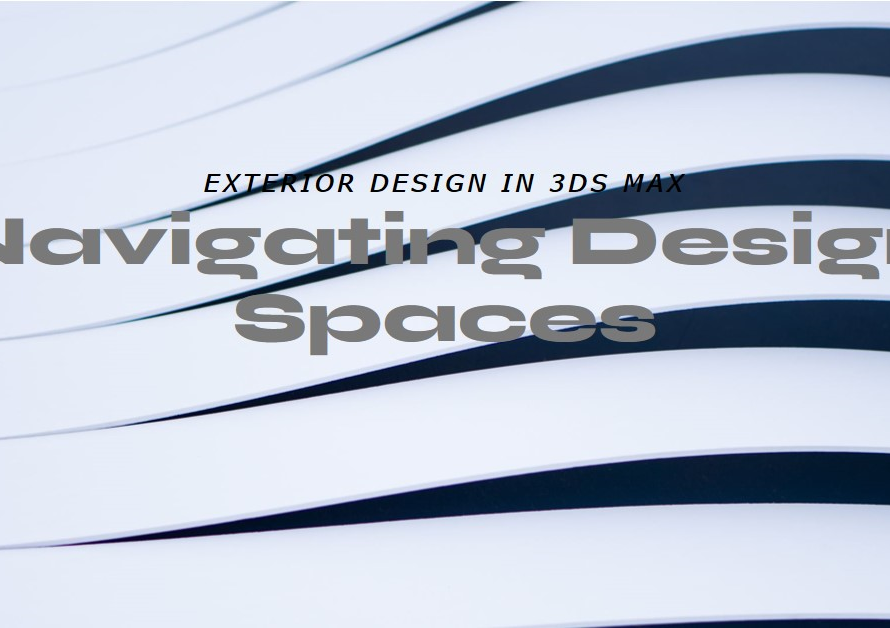
Table of Contents
The role of design in architecture
The importance of Design in architecture plays a crucial role in architecture, as it sets the aesthetic and functional direction of a building. It is not just about making something visually appealing; design also considers how a structure will serve its purpose and enhance the experience of those who inhabit or interact with it. Good design in architecture goes beyond mere aesthetics; it brings together form and function, making spaces not only beautiful but also practical.
When considering the importance of design in architecture, it is important to recognize that design has the power to evoke emotions and connect people with their environment. The layout, materials, colors, and details all contribute to creating an atmosphere that influences how people feel within a space. Whether it is a warm and inviting home or an awe-inspiring museum, thoughtful design can shape our experiences by stimulating our senses and engaging us on multiple levels.
Moreover, design in architecture has a significant impact on sustainability. With increasing concern for environmental preservation and energy efficiency, architects are incorporating sustainable practices into their designs. From utilizing natural materials that have lower embodied energy to designing spaces that maximize natural lighting and ventilation, sustainable design solutions are reshaping the architectural landscape. By considering sustainability from the outset of a project’s conception through careful planning and material selection, architects play a vital role in shaping our built environment for present needs while ensuring future generations’ well-being.
In conclusion, understanding the role of design in architecture goes beyond superficial aesthetics; it encompasses functionality, emotion-evoking qualities, and sustainable considerations. Design inspires creativity while guiding practicality to create beautiful
Aesthetics: Enhancing the visual appeal
Aesthetics play a vital role in enhancing the visual appeal of architecture. Without aesthetically pleasing designs, buildings would simply be functional structures with no charm or character. A well-designed building not only catches the eye but also evokes emotions and creates a sense of awe and appreciation for the artistry involved.
One aspect of aesthetics is the use of color, which can greatly impact how we perceive a space. Warm colors like red and orange can create an inviting atmosphere, whereas cool colors like blue and green can have a calming effect. Additionally, using contrasting colors can help highlight certain architectural features or create visual interest.
Another important element of aesthetic design is texture. The use of different textures in architecture adds depth and richness to a building’s appearance. Whether it’s exposed brickwork, rough stone surfaces, or sleek metal finishes, textures add tactile beauty that engages our senses and brings spaces to life.
Ultimately, aesthetics are what make architecture more than just functional structures; they turn buildings into works of art that ignite our imaginations and inspire us on a daily basis. Good design creates harmony between form and function, resulting in spaces that not only serve their purpose well but also captivate our hearts through their beauty.
Functionality: Creating practical and efficient spaces
Functionality is an essential aspect of design in architecture, as it focuses on the practicality and efficiency of spaces. Designing spaces that are not only visually appealing but also serve their purpose effectively is crucial for creating successful structures. A functional space takes into consideration ergonomics, user needs, and accessibility to optimize its usability.
When designing a practical space, architects consider the flow of movement within the structure. They carefully plan the layout to ensure smooth transitions between areas and minimize unnecessary obstructions or barriers. This attention to detail enhances functionality by allowing users to navigate through spaces with ease and efficiency.
Efficiency also plays a key role in creating functional spaces. Architects focus on optimizing energy usage and maximizing resource utilization in their designs. By incorporating sustainable practices such as natural ventilation, daylight harvesting, and efficient use of materials, architects can create eco-friendly buildings that are both functional and environmentally responsible.
By prioritizing functionality in architectural design, buildings become more than mere aesthetically pleasing structures; they become efficient solutions that enhance people’s lives while minimizing environmental impact. Functionality ensures that every square footage serves a purpose while maintaining user convenience and comfort. A well-designed building is one where every element contributes to its overall efficiency – from optimized layouts to sustainable features – resulting in a harmonious blend of form and function.
User Experience: Impact on occupants’ well-being
The user experience in architecture plays a critical role in the well-being of occupants. It goes beyond creating aesthetically pleasing spaces; it encompasses how people interact with their environment and how it makes them feel. When a space is designed with the user experience in mind, it can have a profound impact on occupants’ mental and physical well-being.
One aspect of user experience is providing spaces that promote social interaction and community. Humans are social beings, and fostering connections with others is crucial for our overall happiness and well-being. Architects can create gathering spaces that encourage collaboration, conversation, and shared experiences. These communal areas help to alleviate feelings of isolation or loneliness that may arise in large buildings or open-plan offices. By promoting social engagement through thoughtful design, architects contribute to a healthier and happier society.
In addition to encouraging social interactions, user-centric design prioritizes functionality and ease of use. When buildings are intuitively organized, easy to navigate, and equipped with accessible amenities, they can greatly enhance users’ experiences. A well-designed building not only reduces frustration but also increases productivity levels by minimizing obstacles or challenges for its occupants. For example, incorporating natural light into workspaces has been shown to improve concentration levels while reducing eye strain and fatigue—thus positively impacting occupants’ mental health.
Overall, considering the user experience when designing architectural spaces helps create environments that support the well-being of those who inhabit them. Whether through fostering social interactions or enhancing functionality, these design choices contribute to an improved sense of happiness and fulfillment among users
Sustainability: Environmental and social responsibility
Sustainability has increasingly become a top priority in architecture, as professionals recognize the significant impact that buildings have on both the environment and society. Designing sustainably means creating structures that minimize their negative ecological footprint while also considering the social implications. Architects play a critical role in driving positive change by making thoughtful design choices that prioritize energy efficiency, efficient use of resources, and health and well-being for occupants.
In terms of environmental responsibility, sustainable design seeks to reduce carbon emissions through measures such as using renewable energy sources, implementing green building materials, and maximizing natural lighting and ventilation. This not only helps combat climate change but also contributes to a healthier indoor environment for occupants. Additionally, architects are focusing on incorporating green spaces within buildings or surrounding areas to enhance biodiversity and improve air quality.
Social responsibility is at the core of sustainable architecture as it encompasses considerations like accessible design for all users regardless of physical abilities or age groups. Increasingly, architects are embracing universal designs that provide equal access to people with disabilities while also being aesthetically pleasing for all users. Moreover, creating spaces that foster community engagement is another aspect of social sustainability; encouraging interactions among people can lead to social cohesion and a sense of belonging within the built environment.
By prioritizing sustainability in architectural design, architects hold immense power to shape our future landscapes positively while preserving our planet’s resources and promoting societal well-being. Sustainable architecture not only benefits current generations but lays an essential foundation for a more resilient future where environmental consciousness goes hand in hand with human needs.
Cultural Significance: Reflecting heritage and identity
Architecture plays a crucial role in reflecting and preserving cultural heritage and identity. It is an avenue through which we can connect with our past, understand our present, and shape our future. The design choices made in architecture can communicate the values, beliefs, and traditions of a particular culture or community.
One example of how architecture reflects cultural heritage is seen in traditional Japanese houses. These houses are designed to be in harmony with nature, emphasizing simplicity, minimalism, and functionality. The use of natural materials such as wood and paper screens not only exemplifies the traditional craftsmanship but also symbolizes the deep connection between humans and nature in Japanese culture.
In addition to reflecting heritage, architecture also helps shape cultural identity. Iconic buildings like the Taj Mahal in India or the Eiffel Tower in France have become symbols that instantly evoke a sense of national pride among their respective citizens. These structures are not just architectural marvels but also representations of a nation’s history, achievements, and aspirations.
Overall, architecture serves as a window into a culture’s soul by preserving its past while embracing its present realities. By combining innovative ideas with traditional design elements that reflect heritage and identity, architects create spaces that not only function efficiently but also resonate deeply with people on an emotional level.
Conclusion: The essentiality of design in architecture.
In conclusion, it is evident that design plays a crucial role in architecture and is essential for creating functional, appealing, and sustainable built environments. The integration of design principles in the architectural process allows for the creation of spaces that not only meet practical requirements but also evoke emotions and enhance wellbeing. From carefully selecting materials and colors to considering the flow of movement within a structure, every design decision impacts how people interact with and experience a building.
Furthermore, design in architecture goes beyond aesthetics; it embodies innovation, efficiency, and creativity. Architects must balance form with function while considering environmental factors such as sustainability and energy efficiency. Design brings together diverse elements such as cultural values, site context, client needs, budget constraints, and technological advancements to create distinctive architectural solutions. It is through thoughtful design that architects are able to transform visions into reality and shape our cities and communities for generations to come.
In essence, design is the backbone of architecture. It has the power to elevate ordinary structures into extraordinary landmarks that inspire awe and leave lasting impressions on those who encounter them. Whether it’s through bold shapes or intricate details or even through minimalist simplicity – good design transcends time. It can create harmony between humans and their environment by promoting functionality, beauty, sustainability—and ultimately enriching their quality of life.


